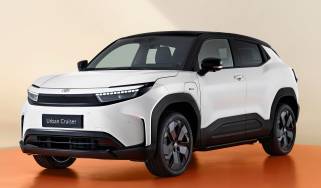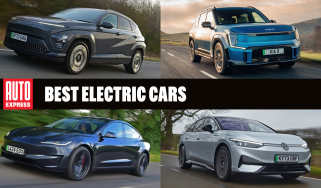Toyota Fuel Cell Sedan revealed
Toyota reveals exterior styling for its new hydrogen-powered Fuel Cell Sedan that’ll arrive here summer 2015
The final design for Toyota’s hydrogen-powered Fuel Cell Sedan has been revealed ahead of its Japanese launch in April of next year.
A limited number will make it over here for the summer of 2015 and although UK price and specification details are yet to be confirmed, in Japan the four-door saloon will start from around seven million yen, which works out at approximately £40,475.
Based on the close-to-production FCV concept unveiled at last year’s Tokyo Motor Show, the Fuel Cell Sedan uses Toyota’s compact fuel cell stack and a pair of high-pressure hydrogen tanks.
Electricity is then generated from the chemical reaction between hydrogen and oxygen gathered from the air, with water vapour the only waste product created by driving.
Performance and range a match for petrol cars
The benefits aren’t purely emissions based, either. Toyota claims performance and range both match up closely to that of a petrol-engined vehicle, whilst refuelling takes roughly three minutes – a little way off internal combustion-powered cars, but well short of the lengthy charging time required for EVs.
The Japanese manufacturer also believes hydrogen has “great potential” as an alternative fuel because of how easily can be produced from energy sources like solar and wind power, as well as being straightforward to store and transport.
A claimed higher energy density than batteries and potential application beyond automotive use (such as in large-scale power generation) are likewise appealing.
“We are very excited by the arrival of fuel cell technology,” commented Karl Schlicht, one of Toyota’s European executive vice presidents. “Of course there are many challenges ahead, such as the availability of fuelling infrastructure and customer awareness.”
“In Europe we will be taking it step by step, gradually introducing the car in selected markets. But we are confident that hydrogen will become increasingly popular as a way of powering vehicles.”






